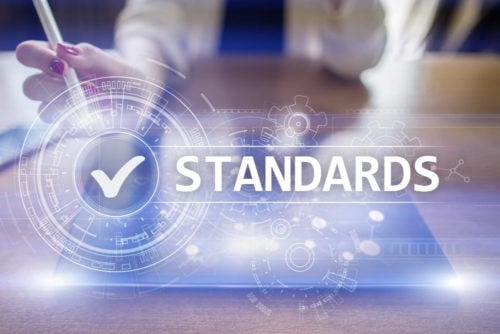Global Medical Device Regulations & Harmonization Efforts of Sterile Medical Packaging Standards
We are going through a global health crisis which is unprecedented in our lifetime. This is a global pandemic which requires an international response. As such, it becomes even more important to understand global harmonization of best practices in the healthcare industry.
Global medical device regulations are evolving rapidly. Emerging nations are focusing on strengthening their regulatory systems to provide their local manufacturers a competitive advantage on the global stage. Additionally, this focus offers a common ground for foreign manufacturers to new countries to benefit patients.
The Global Harmonization Task Force (GHTF) countries (i.e. United States, European Union, Japan, Canada and Australia) are leading the efforts of advancing medical device regulations. At the same time, China, India, Brazil, South Korea, Russia and ASEAN member states are framing their respective national regulations to be in line with these global best practices. They are also taking an increasingly active part in harmonization efforts.

The Global Harmonization Task Force (GHTF) countries (i.e. United States, European Union, Japan, Canada and Australia) are leading the efforts of advancing medical device regulations. At the same time, China, India, Brazil, South Korea, Russia and ASEAN member states are framing their respective national regulations to be in line with these global best practices. They are also taking an increasingly active part in harmonization efforts.
There are several global and regional regulatory agencies who are working towards medical device regulatory harmonization internationally. These agencies include International Medical Device Regulators Forum (IMDRF), Asia Pacific Economic Cooperation-Life Science Innovation Forum (APEC-LSIF), Asian Harmonization Working Party (AHWP), and ASEAN Medical Device Committee (AMDC). The objectives of regulatory harmonization are 1) to enhance patient safety and 2) to help increase access to safe, effective and clinically beneficial medical technologies around the world. The global standards developing organizations, such as ISO, IEC, CEN, CENELEC and ASTM, are all putting efforts toward harmonization of guiding principles for medical devices in consultation with national standards bodies.
In February 2019, the technical committee of ISO, ISO/TC 198 ‘Sterilization of Healthcare Products’ published the second edition of ISO 11607: 2019 “Packaging for terminally sterilized medical devices”, Part 1: Requirements for materials, sterile barrier systems and packaging systems & Part 2: Validation requirements for forming, sealing and assembly processes.
CEN, the European standard development organization, made the EN ISO versions available as EN ISO 11607-1: 2020 and EN ISO 11607-2:2020 in January 2020. After a six-month transition, these versions are considered state-of-the-art in Europe from July 31, 2020 (date of publication). The EN ISO and the ISO versions are identical except for the European Foreword.
Important considerations of 11607-1/2: 2014 vs 11607-1/2: 2019 that help with global harmonization include:
-
Various definitions aligned with the latest version of ISO 11139;
-
Clause 7 (Requirements for the evaluation of usability for aseptic presentation) have been added;
-
Requirements for the inspection of sterile barrier system integrity prior to use have been added;
-
A new subclause with requirements for revalidation in accordance with ISO 11607-2 has been added;
-
Annex B has been updated and various national, international and European test methods have been added or deleted;
-
New Annex D has been added with environmental considerations;
-
New Annex E has been added with draft guidance on ways to differentiate a sterile barrier system from protective packaging;
-
Terms and definitions for “process variable”, “process parameter” and monitoring of processes” have been added (Part-2);
-
The terminology of “critical” process parameters has been discontinued and the concept of a process specification has been introduced to include all elements required to manufacture a product that consistently meets specifications (Part-2).
In conclusion, the harmonization of medical device regulations/standards is essential to 1) reduce the time to bring newer technologies in the market, 2) reduce the cost to market the product, 3) improve government efficiency, 4) facilitate trade and expand market access, and 5) enhance public health protection.
Despite all the needs, there remain several challenges to achieve the harmonization of medical device regulations: 1) Diversity in culture, language, politics, economy, race, religion; 2) Differing regulatory capacity, expertise, infrastructure, finance; 3) Varied collection of regulatory systems, differences in philosophy; 4) Rising and varied expectation of medical technology; 5) Difficulties for stakeholders to reach consensus on harmonization efforts; 6) Overall complexity of products and the market place; 7) Lack of trained manpower and lack of political commitment; etc.
Overcoming these challenges through careful global cooperation, collaboration and coordination at several levels across the value chain is critical to realize the humanitarian goal of providing high quality healthcare to those in need, when they need it, without any compromises.



.png)